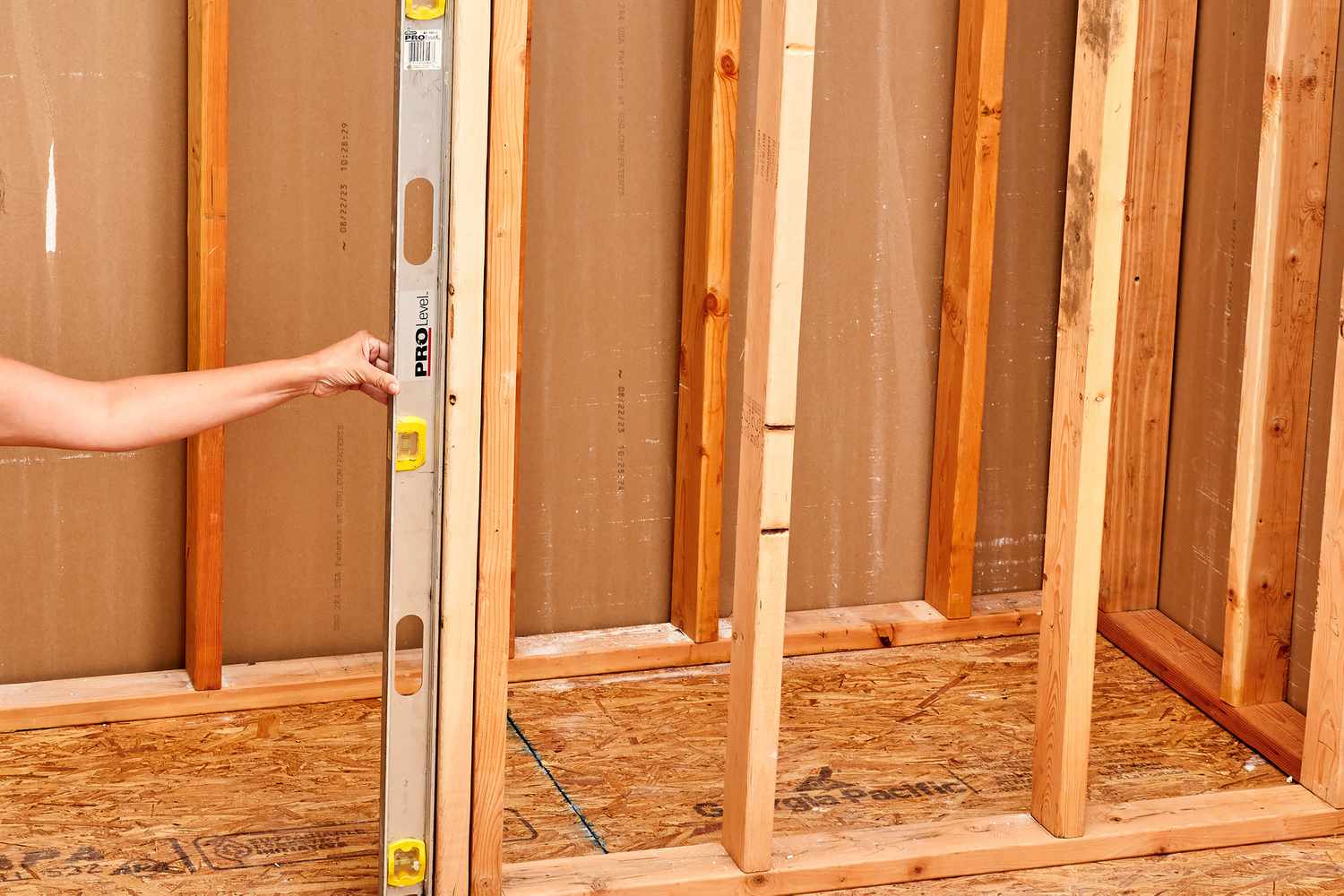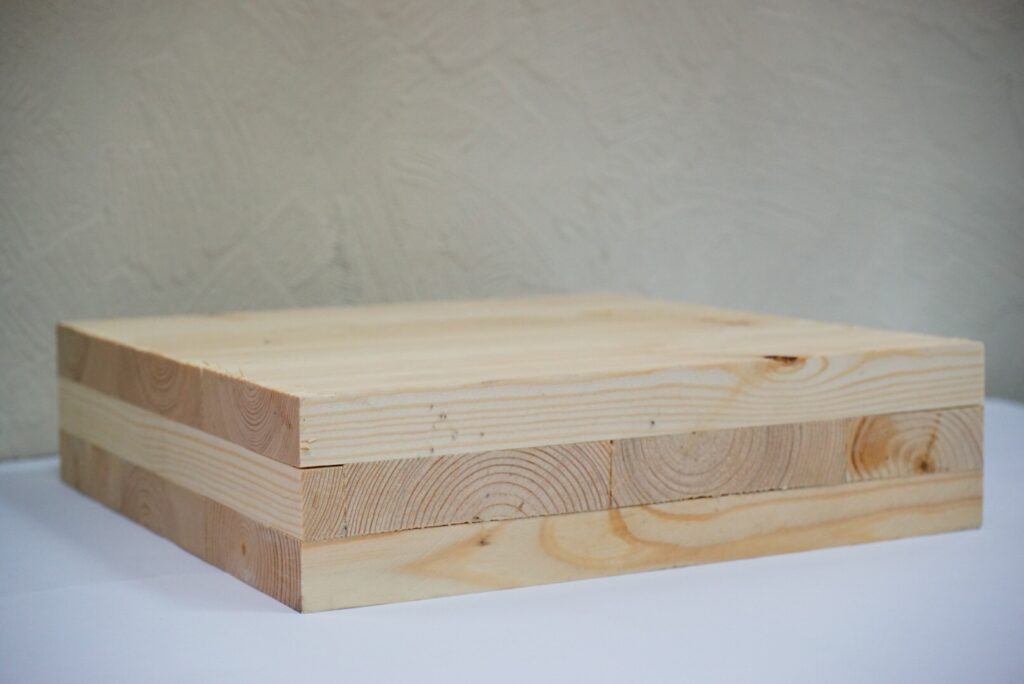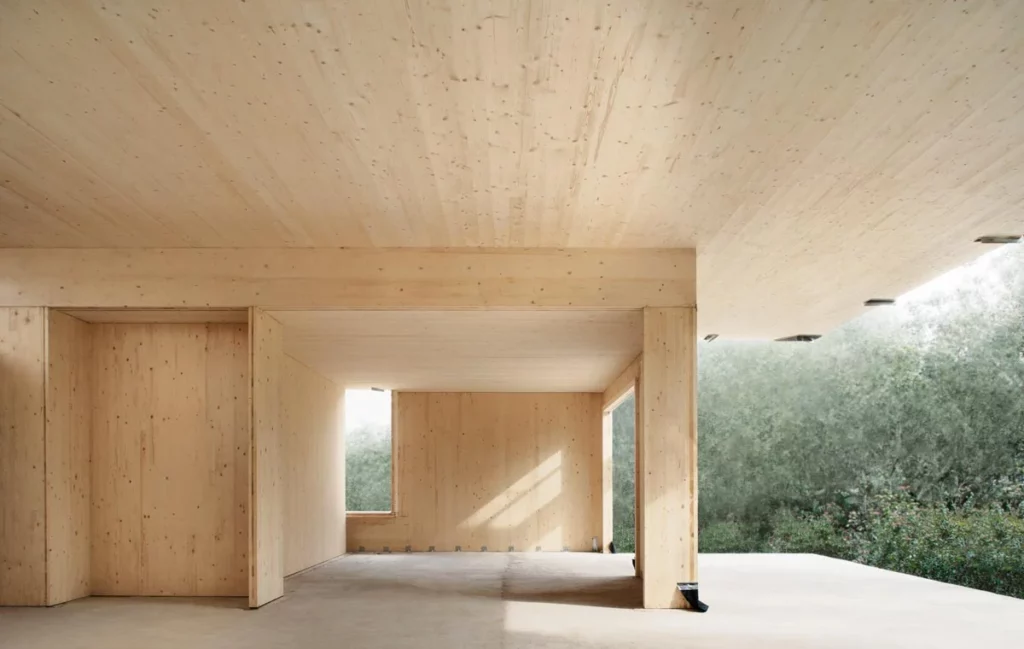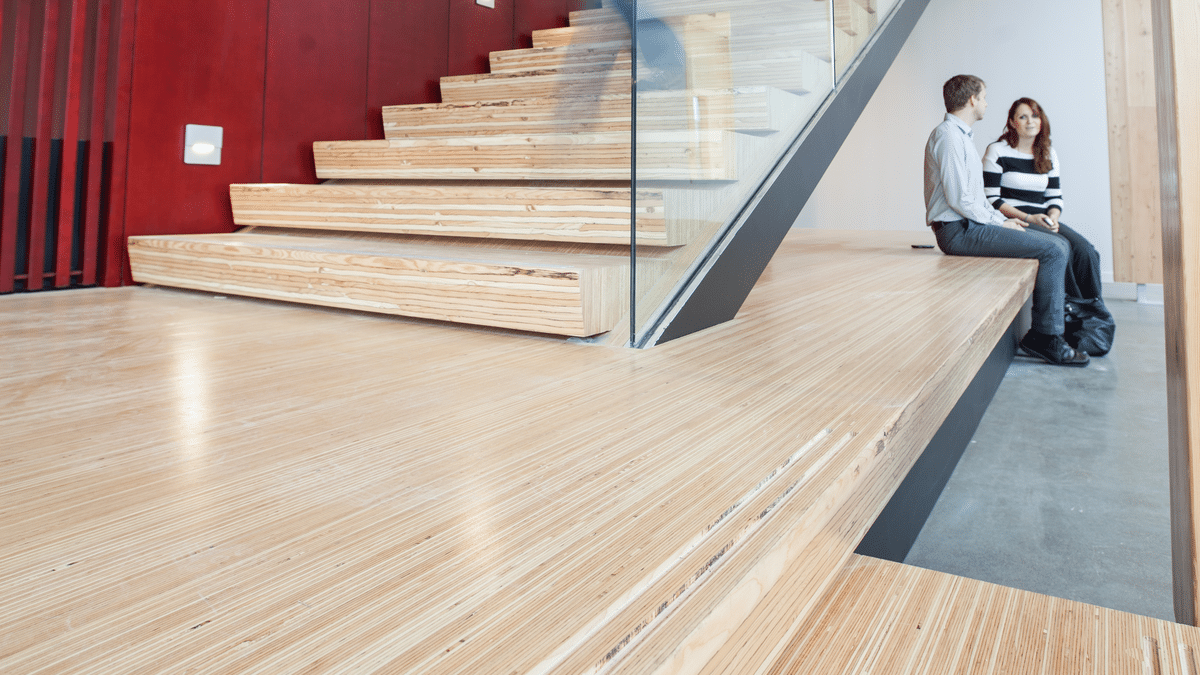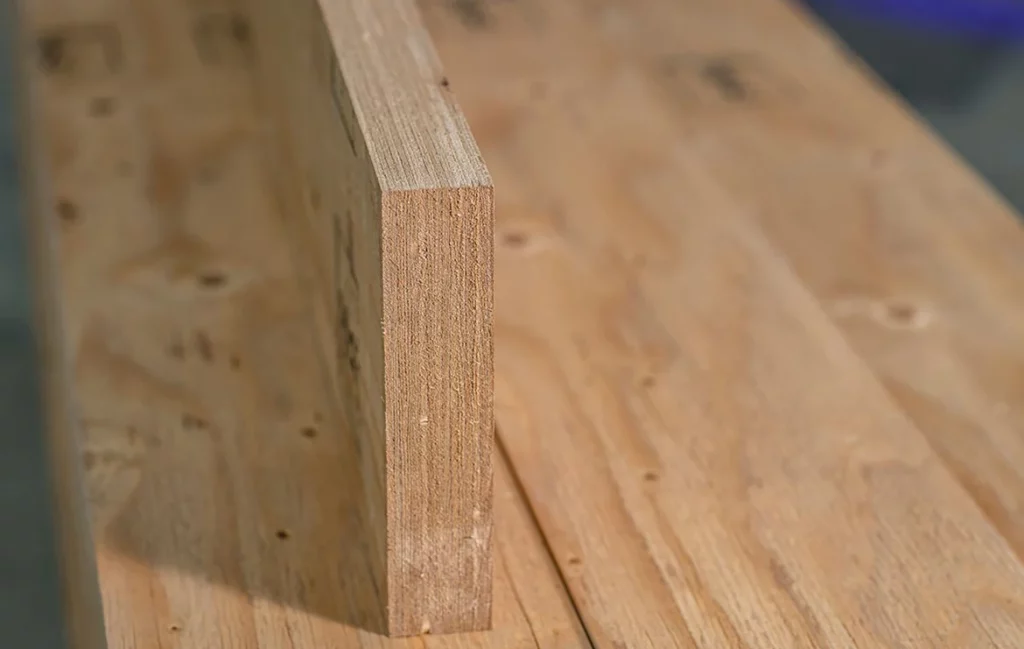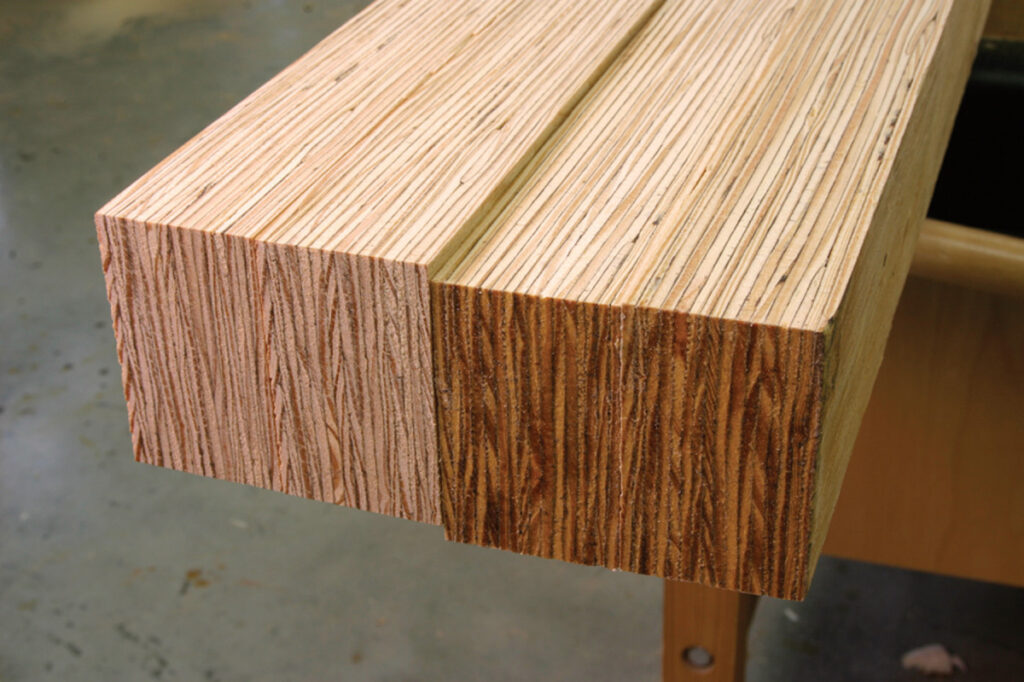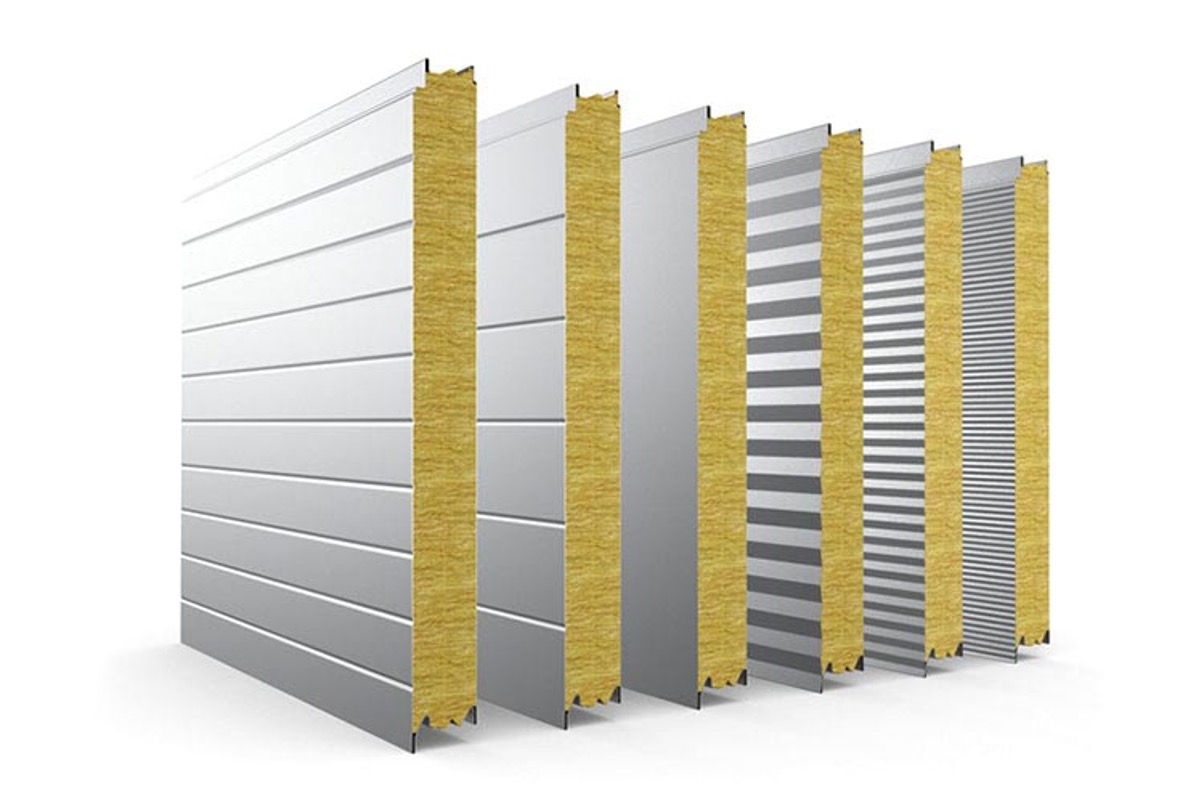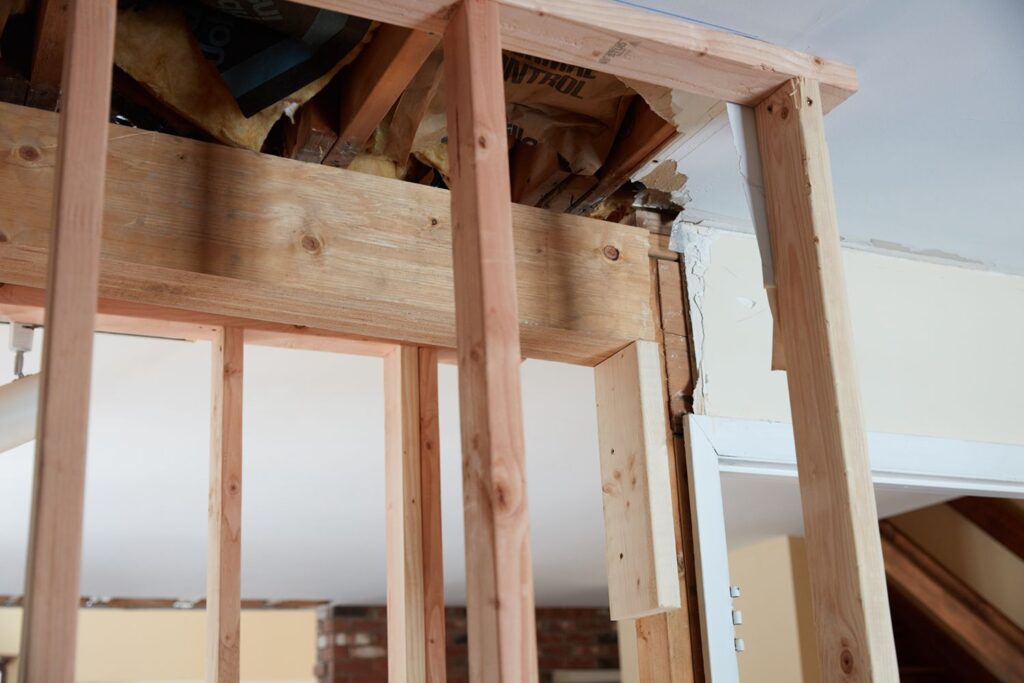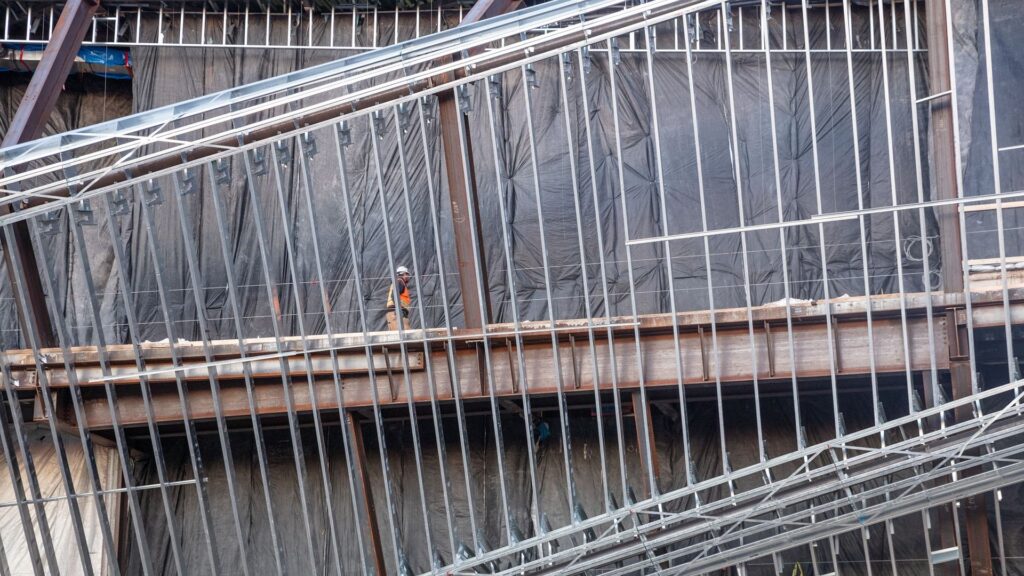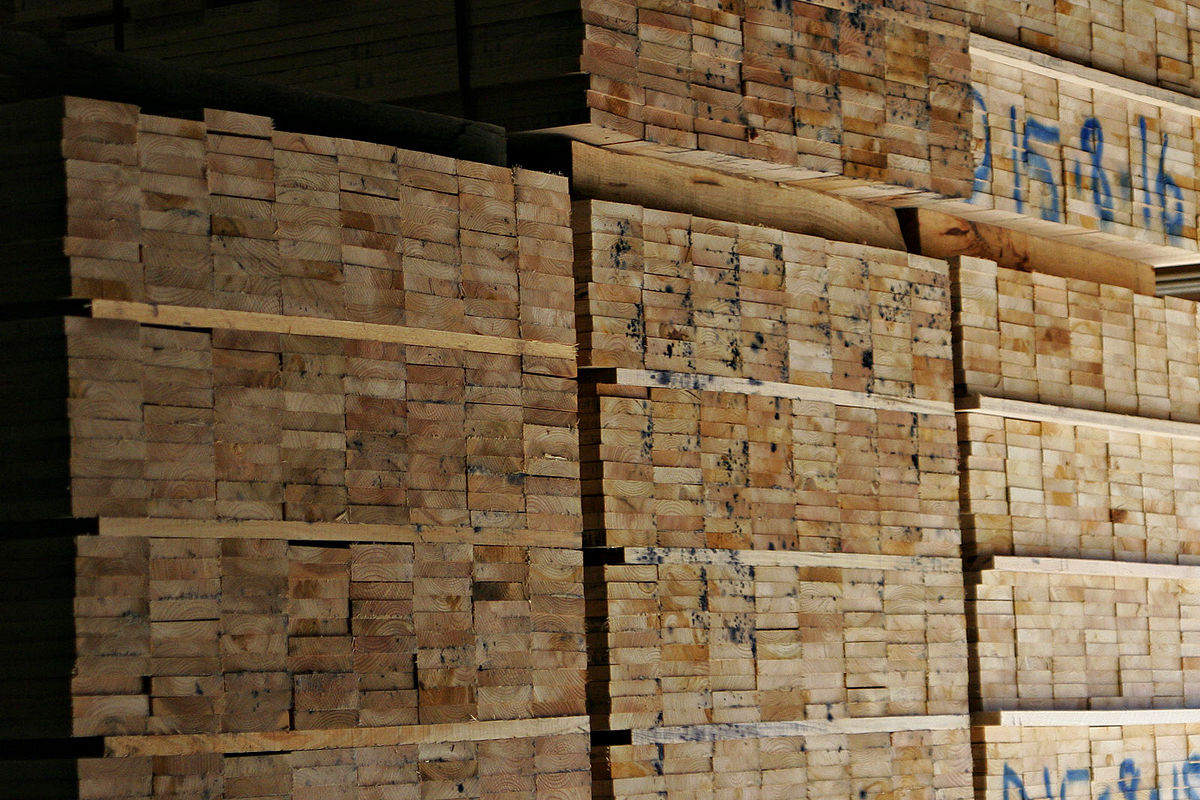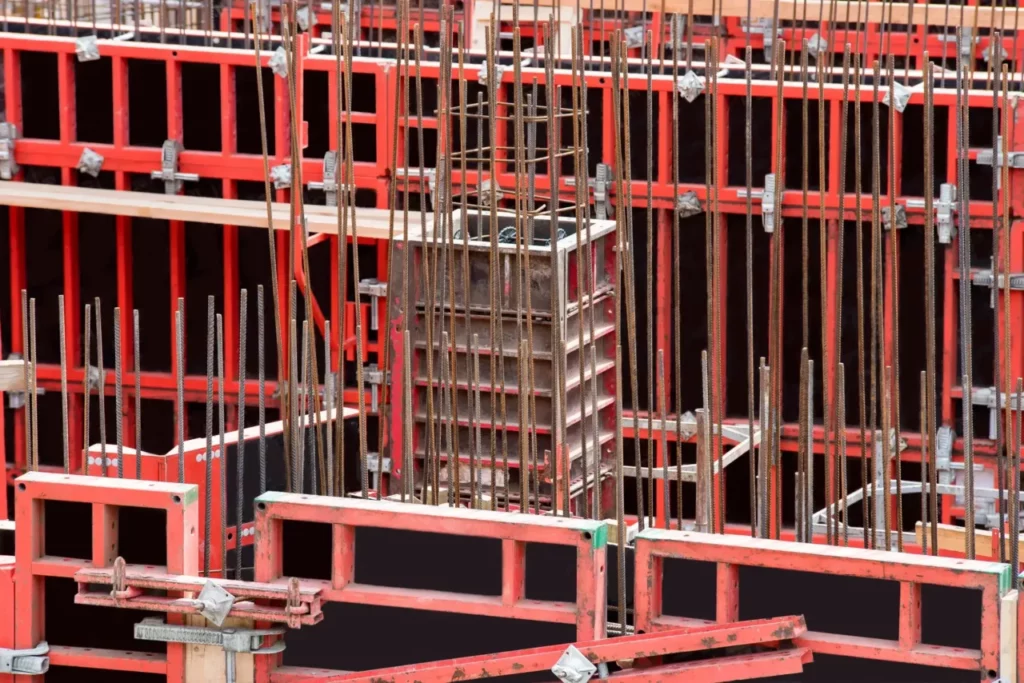Real estate investment has long been considered one of the most reliable ways to build wealth, offering both steady income and long-term capital appreciation. But as the property market continues to evolve in 2025, choosing the right property to invest in has become more complex and requires a strategic approach. Factors such as emerging markets, shifting consumer demands, and technological advancements are changing the landscape for property investors.
If you’re looking to make your mark in the property investment world, understanding how to select the right property in 2025 is crucial. Whether you are a seasoned investor or just getting started, making the right choices now will pay off for years to come. In this article, we’ll explore the strategies you need to use to choose the right property for investment in 2025, with an emphasis on current market trends, emerging markets, and the impact of new technology.
Understanding the 2025 Property Market
The property market in 2025 is vastly different from just a few years ago. Post-pandemic shifts in work, lifestyle, and technology are influencing buyer and tenant behavior, which in turn impacts property values. Here are some of the key trends in the 2025 market:
See more: McMahons Point Florist: Fresh and Beautiful Flower Arrangements
- Work-from-Home Demand: As remote work continues to thrive, there is a growing preference for properties that offer extra space, particularly in suburban or less urbanized areas.
- PropTech and AI in Property Investment: Technology is transforming property investment, from AI-driven market analysis tools to automated property management solutions. Investors who leverage these tools have a competitive edge.
- Urbanization and Gentrification: While people are leaving large cities in some parts of the world, others are seeing revitalization through gentrification, making inner-city properties attractive again.
Choosing the right property requires a keen understanding of these shifts and how they align with your investment goals. With that in mind, let’s dive into the strategies that can help you identify the best properties for investment in 2025.
1. Focus on Emerging Markets
Description: Emerging markets are cities or regions that are experiencing rapid growth, either economically, socially, or in terms of infrastructure development. These markets often present the highest potential for future capital appreciation.
Benefits:
- Affordable Entry Point: Emerging markets tend to have lower property prices compared to established areas, allowing investors to enter the market at a lower cost.
- High Potential for Appreciation: As these markets grow and develop, property values tend to rise quickly, offering high returns on investment.
- Early Investment Advantage: By investing early, you can secure properties before prices soar.
How to Implement:
- Research cities with strong population growth, new infrastructure projects, or increased investment from both government and private sectors. Examples include cities in Eastern Europe, Southeast Asia, and parts of Africa.
- Look for areas near new tech hubs, universities, or major business developments.
- Use data-driven tools, such as real estate analytics platforms, to predict which markets are poised for growth.
2. Consider Suburban and Rural Properties
Description: With remote work and flexible living becoming increasingly popular, suburban and rural areas are becoming prime targets for property investment. In 2025, many people are looking for larger homes with more outdoor space but without the high cost of city living.
Benefits:
- Lower Property Prices: Suburban and rural properties are typically much more affordable than their urban counterparts.
- Growing Demand for Larger Homes: With more people working from home, the need for extra space is increasing. This trend is driving demand for suburban homes with larger square footage.
- Rentability: As more people relocate from cities to suburbs, rental demand is also on the rise, especially in areas close to urban centers.
How to Implement:
- Focus on suburban areas or towns that have access to good schools, transportation links, and other amenities that make them appealing to families and remote workers.
- Consider properties with enough space to accommodate a home office or multiple family members.
- Investigate the local job market and economic stability of the area, ensuring that people moving to these areas can still find employment opportunities.
3. Look for Green and Sustainable Properties
Description: Sustainability is no longer a niche concern—it’s a mainstream demand. As the world becomes more eco-conscious, there’s an increasing demand for energy-efficient homes and buildings that prioritize sustainability. These properties are not only beneficial for the environment but also for investors.
Benefits:
- Lower Operational Costs: Sustainable properties, with energy-efficient appliances, solar panels, and other green features, tend to have lower utility and maintenance costs.
- High Demand: Eco-conscious tenants and buyers are increasingly prioritizing green properties, making them easier to rent or sell.
- Government Incentives: Many countries and local governments offer tax credits, rebates, or incentives for energy-efficient buildings.
How to Implement:

- Look for properties with green certifications, such as LEED (Leadership in Energy and Environmental Design) or Energy Star.
- Consider properties that have already been retrofitted for energy efficiency or are new constructions designed with sustainability in mind.
- Stay informed about government incentives and tax breaks related to green investments, and leverage these for potential cost savings.
4. Leverage PropTech Tools for Investment Analysis
Description: The rise of PropTech is revolutionizing property investment. From AI-powered market analysis tools to virtual property tours, technology can help investors make smarter decisions faster.
Benefits:
- Data-Driven Decisions: AI and big data tools allow you to analyze market trends, rental prices, and even predict future property values.
- Efficiency and Accuracy: Technology streamlines the process of identifying lucrative properties by providing real-time data and predictive analytics.
- Reduced Risk: PropTech can help you evaluate the potential risks of an investment, such as vacancies or declining property values, before you commit.
How to Implement:
- Use AI-based property investment platforms, such as Roofstock, Redfin, or Zillow, which offer detailed insights into property performance.
- Invest in property management software that automates daily operations like rent collection, maintenance, and tenant communication.
- Take advantage of virtual tours, which allow you to explore properties remotely and save time in the selection process.
5. Understand the Importance of Location and Infrastructure
Description: Location remains one of the most critical factors in real estate investment. In 2025, proximity to key infrastructure—such as public transport, schools, hospitals, and business centers—can dramatically increase a property’s value.
Benefits:
- High Rental Demand: Properties near public transportation, schools, and workplaces are always in demand, ensuring consistent rental income.
- Appreciation Potential: Well-located properties are more likely to appreciate over time, especially in areas experiencing infrastructure development.
- Convenience for Tenants or Buyers: Location plays a critical role in attracting quality tenants or buyers who are looking for convenience.
How to Implement:
- Look for properties within walking distance or a short drive to public transport hubs, popular shopping areas, schools, and workplaces.
- Stay updated on local infrastructure developments, such as new transportation projects or business district expansions.
- Focus on cities with long-term infrastructure plans, as these will be more likely to experience continued growth and rising property values.
6. Evaluate the Local Economic Environment
Description: A strong local economy is crucial for property investment success. In 2025, cities with thriving job markets, low unemployment rates, and a growing GDP are more likely to experience rising property values and strong rental demand.
Benefits:
- Stability: A strong local economy ensures a stable rental market and consistent property value growth.
- High Demand for Housing: A growing job market attracts workers who need housing, keeping rental properties in demand.
- Future Growth Potential: A healthy economy is likely to continue growing, boosting property prices and providing opportunities for appreciation.
How to Implement:
- Research the job market in potential investment areas, paying attention to the industries driving growth (technology, healthcare, education, etc.).
- Consider cities or regions with a diverse economic base to ensure long-term stability, rather than relying on one or two industries.
- Monitor local government policies, such as business incentives or tax breaks, that could positively impact the economy.
7. Diversify Your Investment Portfolio
Description: Diversification is key to mitigating risk. By investing in different types of properties—residential, commercial, or industrial—you can reduce the impact of market fluctuations and ensure steady returns.
Benefits:
- Risk Reduction: If one sector or property type underperforms, others may perform better, balancing out potential losses.
- Multiple Income Streams: Different types of properties provide varied income sources—such as rental income from residential properties or leasing income from commercial properties.
- Long-Term Growth: Diversification allows you to build a more balanced portfolio that can weather economic downturns.
How to Implement:
- Invest in both residential and commercial properties in different locations or sectors.
- Consider using REITs (Real Estate Investment Trusts) to diversify into different property types without the need for direct ownership.
- Keep an eye on changing market dynamics, such as the rise of e-commerce, which is making industrial properties more attractive.
Conclusion: Taking Action on Your Property Investment Goals
Choosing the right property for investment in 2025 requires a combination of careful research, strategic planning, and an understanding of emerging market trends. By focusing on areas with strong economic growth, leveraging PropTech tools, investing in sustainable properties, and staying updated on shifts in consumer behavior, you can maximize your returns and minimize risks.
As you consider which property is right for your investment goals, remember that success in real estate often comes down to being proactive, adaptable, and informed. With the right strategies in place, 2025 can be a year of tremendous opportunity in the property market.


